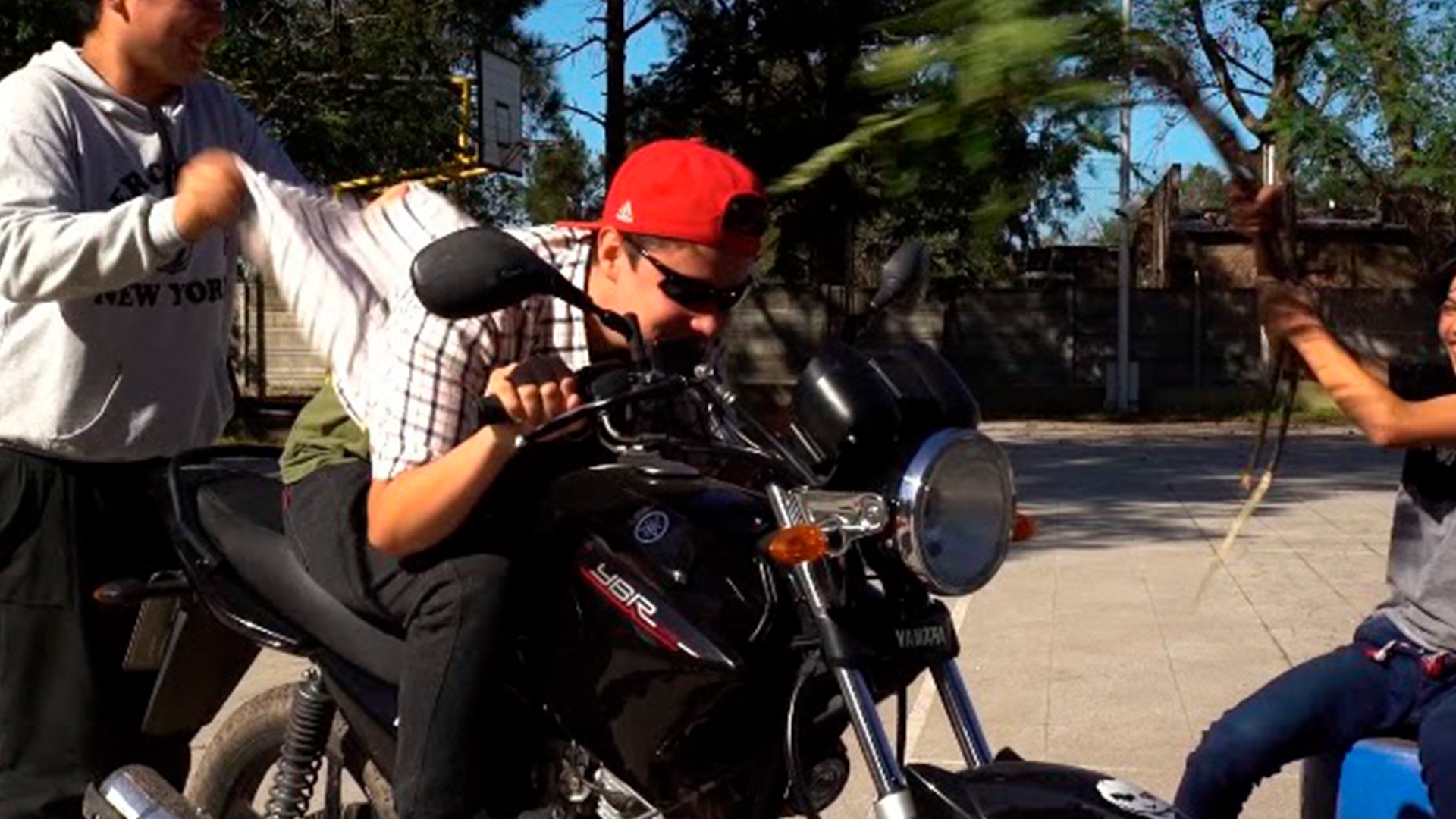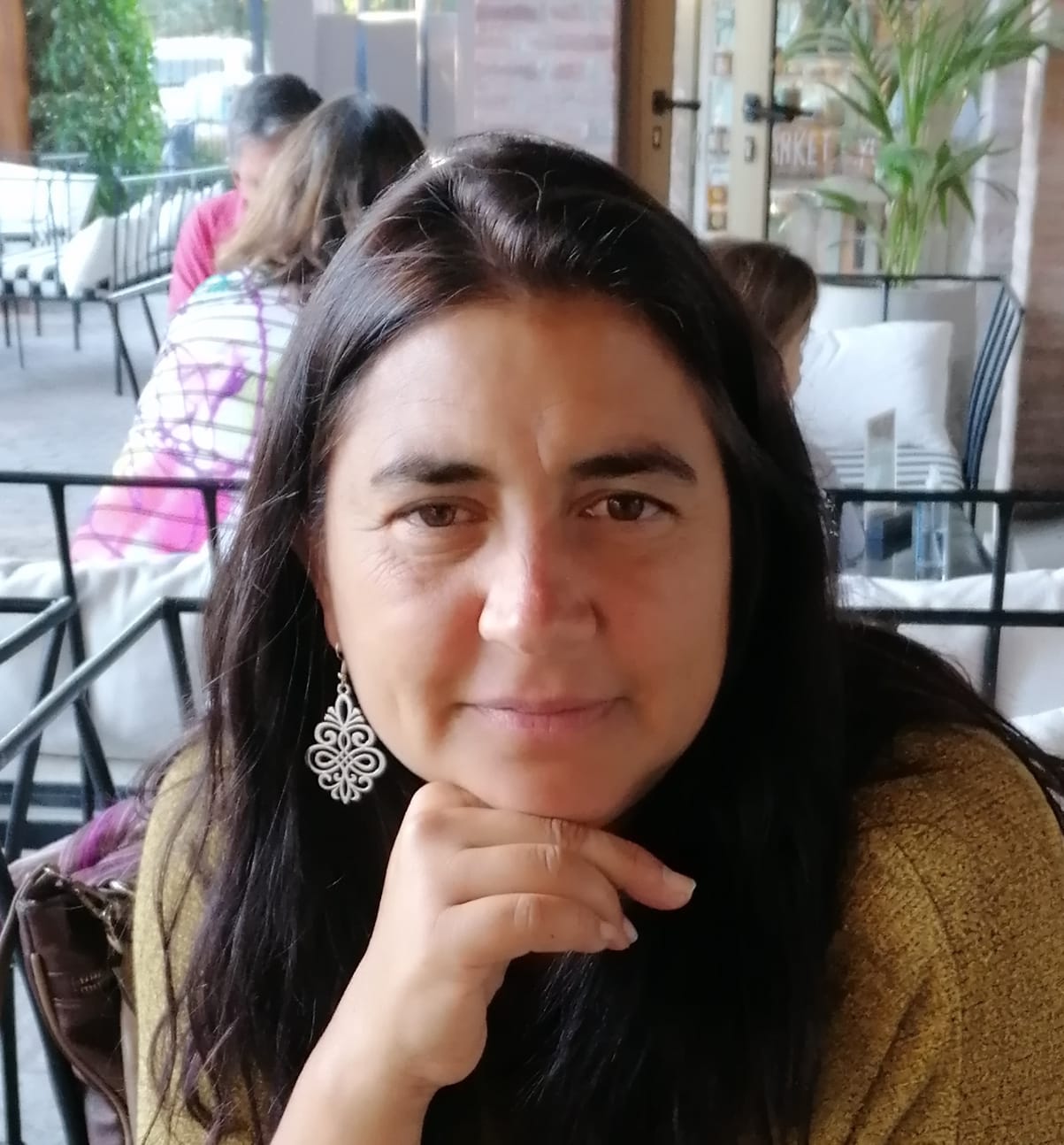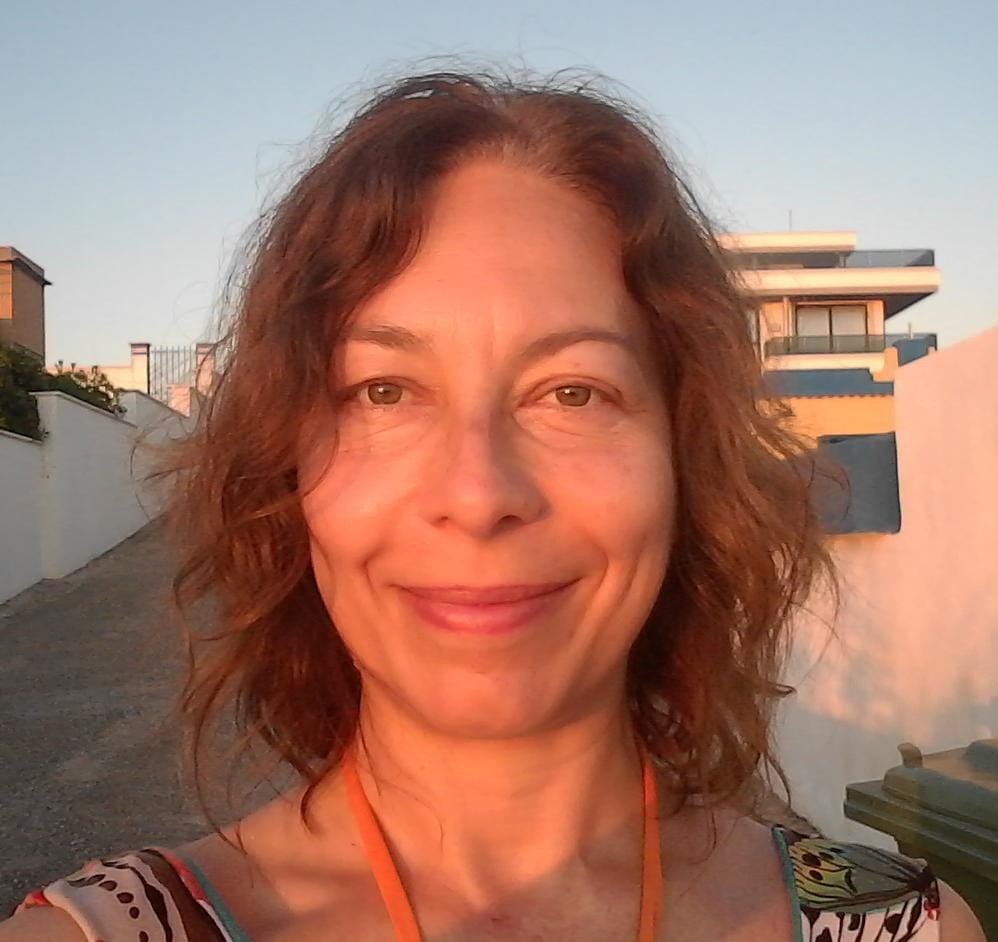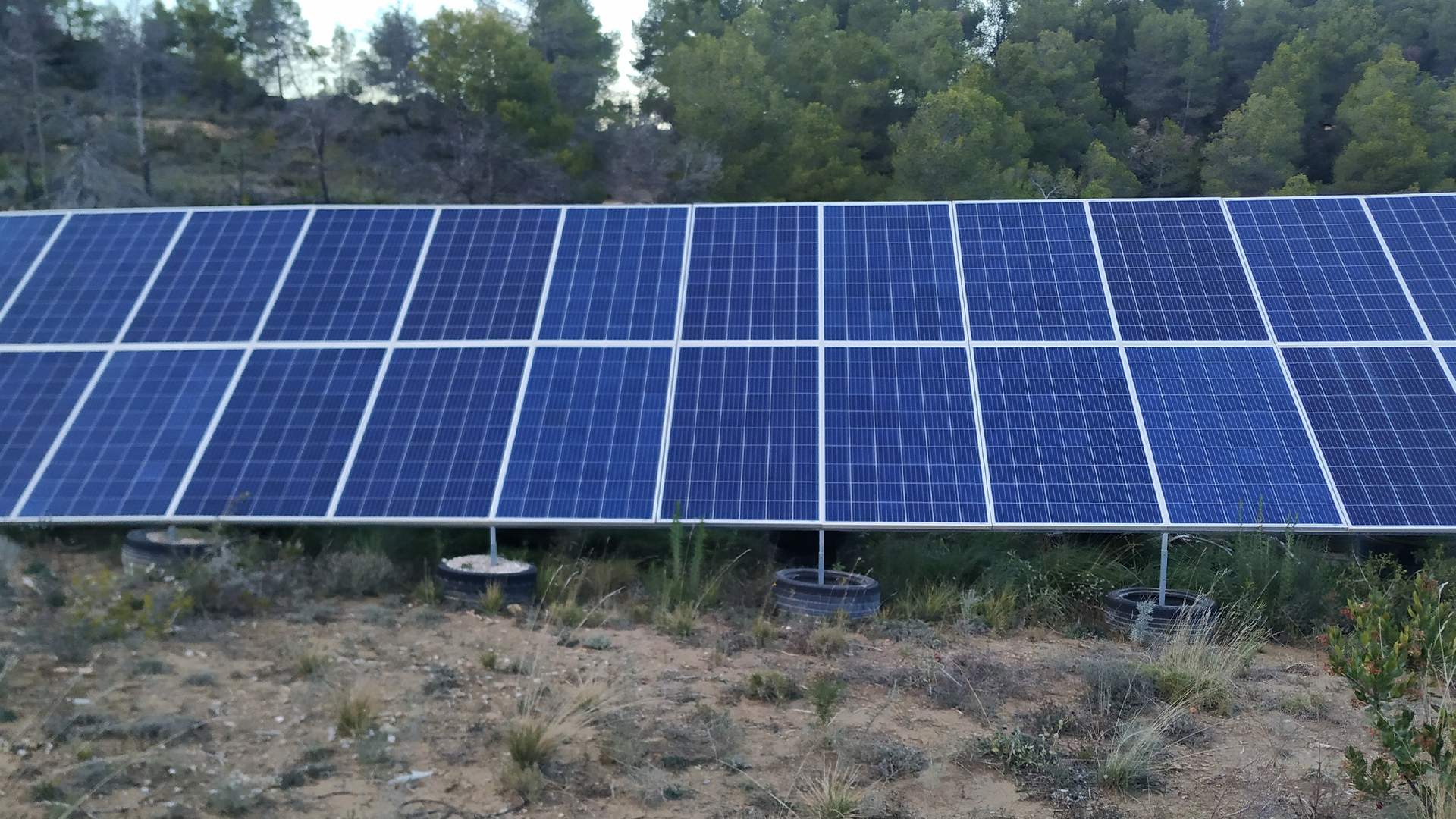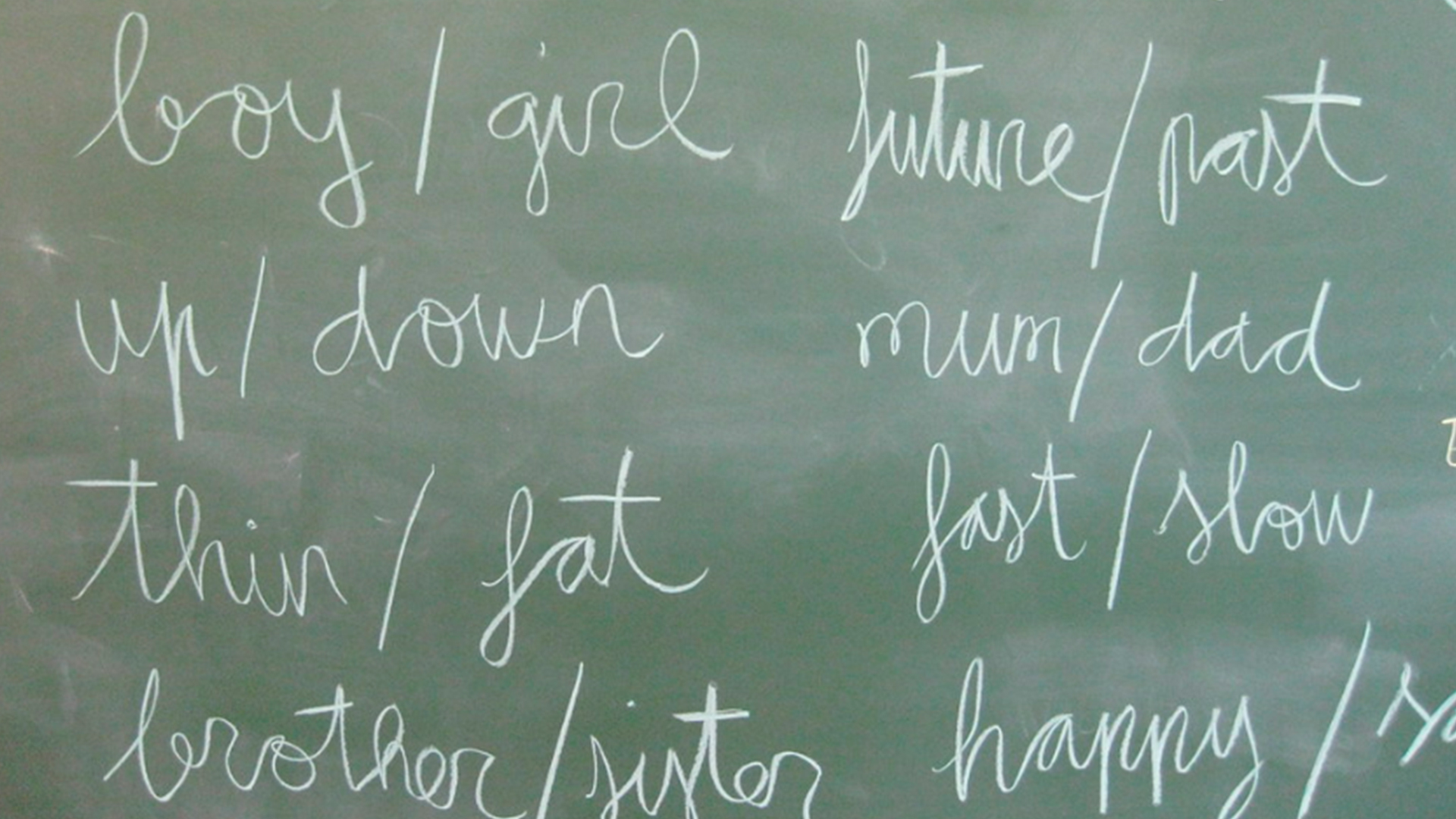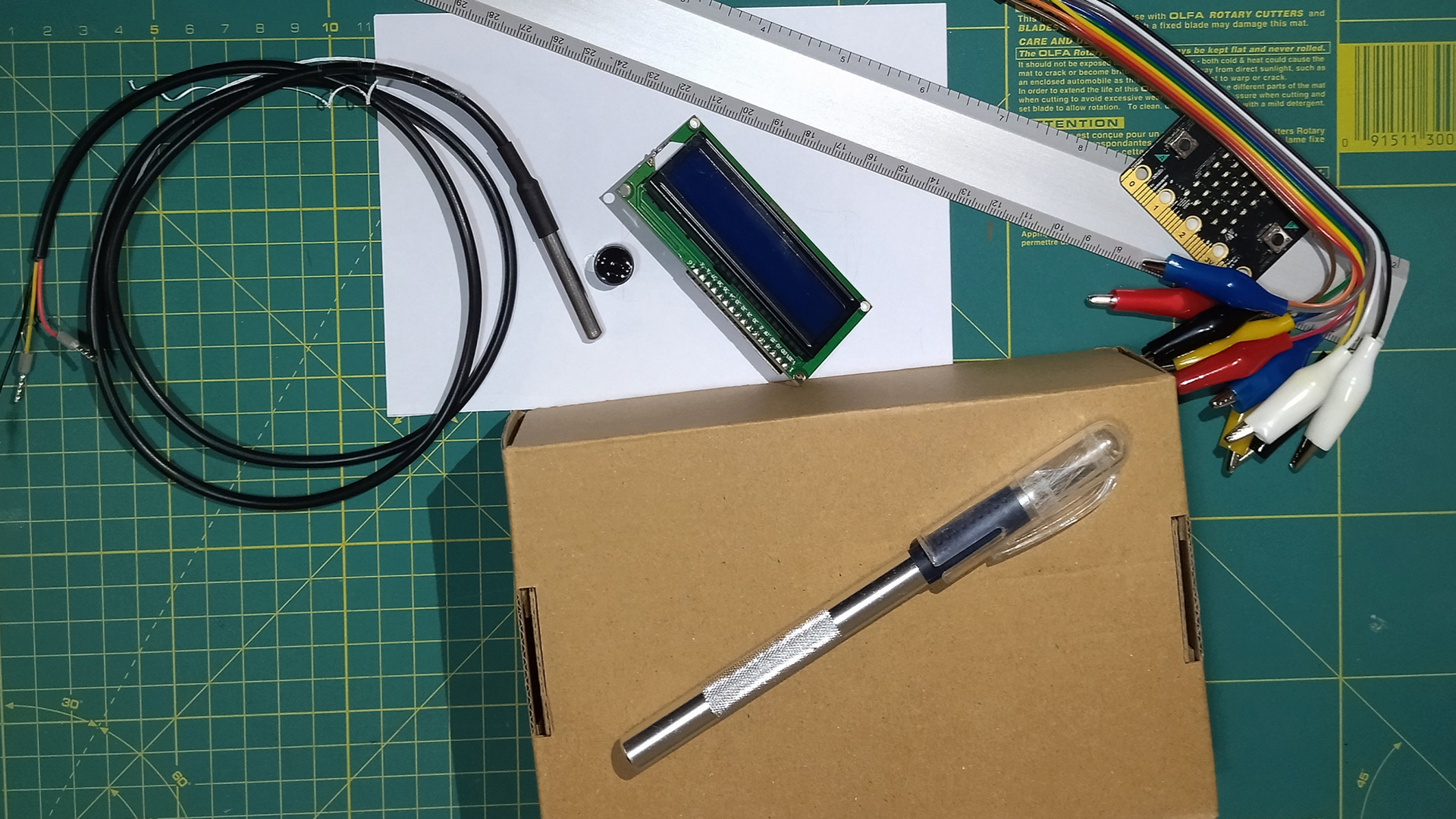Media Literacy
Classroom Experience
The critical construction of news and the risks of naïve percepctions
E.E.S.O. 264 Constituyentes, Santa Fe City, Santa Fe, Argentina Show map
A pedagogical proposal based on Audiovisual Literacy in which students become prosumers (producers and consumers of content) and critical protagonists of media discourses.
They learn to interpret information and create the pre-production / production stages of a news show using ICT tools and assuming the necessary roles.
They learn to interpret information and create the pre-production / production stages of a news show using ICT tools and assuming the necessary roles.
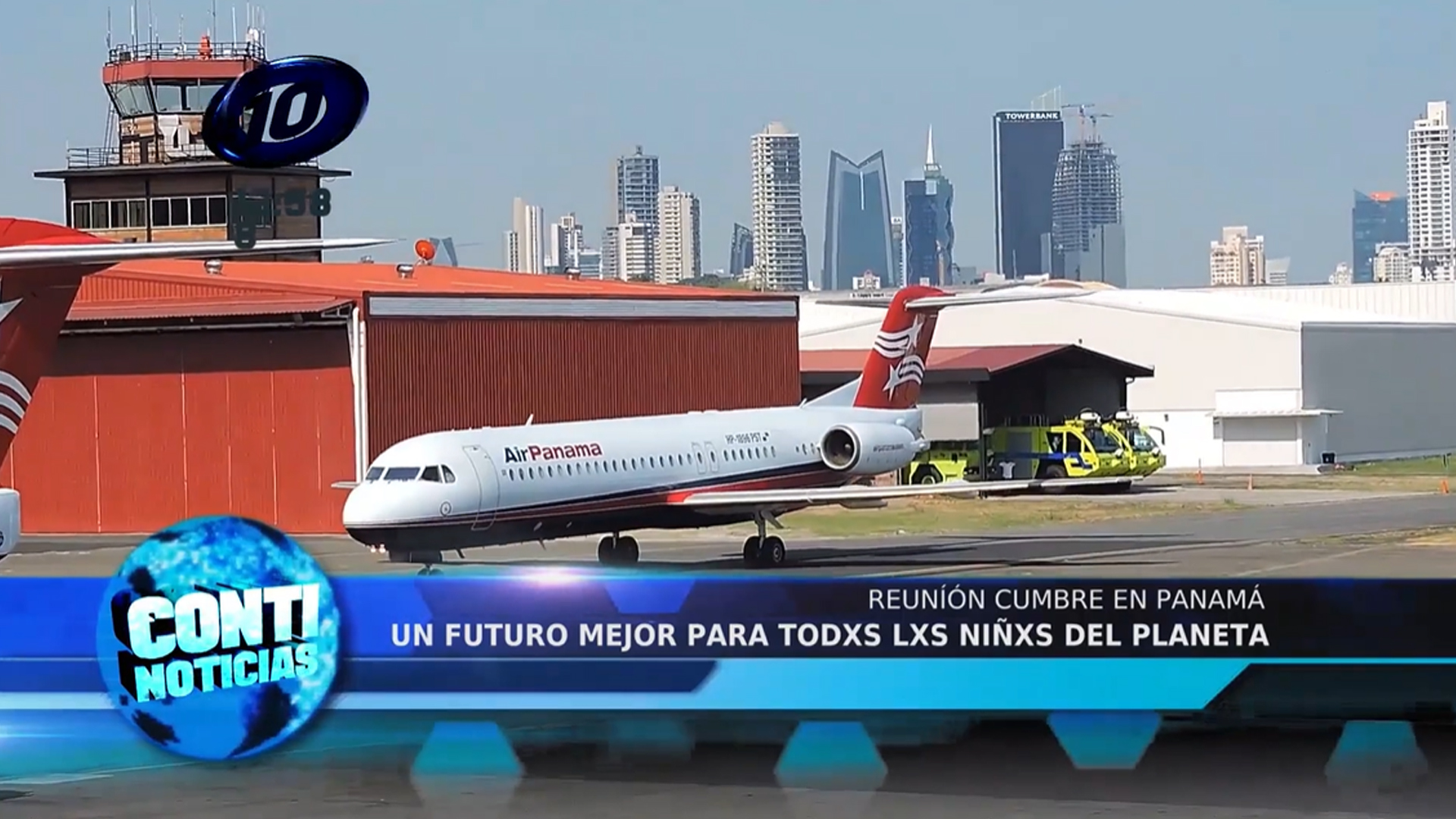

Context
In our society, we accept what is shown on the screens as accurate, go with the first result of a search engine, and believe and spread what is shared on social media. However, the responsibility lies in our own ingenuity and in the lack of a tendency to verify.
Highlights...
Giving students the possibility to think and create their own fake news implies making them aware of their own and others’ capacity to do so.
Assigning them the role of producers brings about reasonable levels of hesitation when facing what others produce and publish as well as what they find, read and share on the web.
Objectives
Didactic sequence
1
![]()
Use of cameras and mobile devices
Experiment with framing, angles and their effects, discuss what is left inside and outside the frame; learn concepts of photomontage and image construction.
2
![]()
Search for references
Web searches of photos, graphic advertising, etc: observing how they are created, who they target and what their objective is.
3
![]()
Comparing and reflecting
Analysis of real and fake news to establish similarities in textual, visual and audiovisual format. Students recognize news that resort to the absurd, or others that present a sequence of mounted images that make sense, accompanied by spoken texts based on supposedly reliable information sources. They work on deconstructing and constructing audiovisual messages to recognize audiovisual language elements and basic concepts of montage to create sense.
4
![]()
Script writing
News is written in groups using the learned communication tricks to create supposedly good pieces for the reader’s eyes. Students choose their audience, the content and how to montage.
5
![]()
Shooting day
After agreeing on the script, the preproduction stage begins and subgroups agree on and choose locations, roles, images, sound and video downloads, costumes, props, and image copyright permissions.
The shooting day requires commitment and patience. Students perform their best possible role, which implies repeating some segments. There should be a feeling of group cohesion with everyone pursuing the same goal.
The shooting day requires commitment and patience. Students perform their best possible role, which implies repeating some segments. There should be a feeling of group cohesion with everyone pursuing the same goal.
Assessment and conclusions
Successes
Students take on the role of active, essential participants and experts in devices and social uses of technology. Empowered dialogue among students becomes crucial in the process of constructing subjectivities.
The classroom takes on another dimension with ICT devices enabling new groupings. The classroom space goes beyond the school building through virtuality and online participation.
Fragmentation and hypertext are foundational in digital languages and bring new perspectives on the mechanisms of knowledge production and appropriation of objects of study from different disciplinary areas.
Things to improve
The editing stage, which involves specific technical management of video editors and hours of montage, could be included as part of the learning in a future experience.
During the last stage, students check their work and its communication effectiveness. They share the results, focus critically, detect improvable aspects, and make corrections and adjustments to achieve the best possible version.
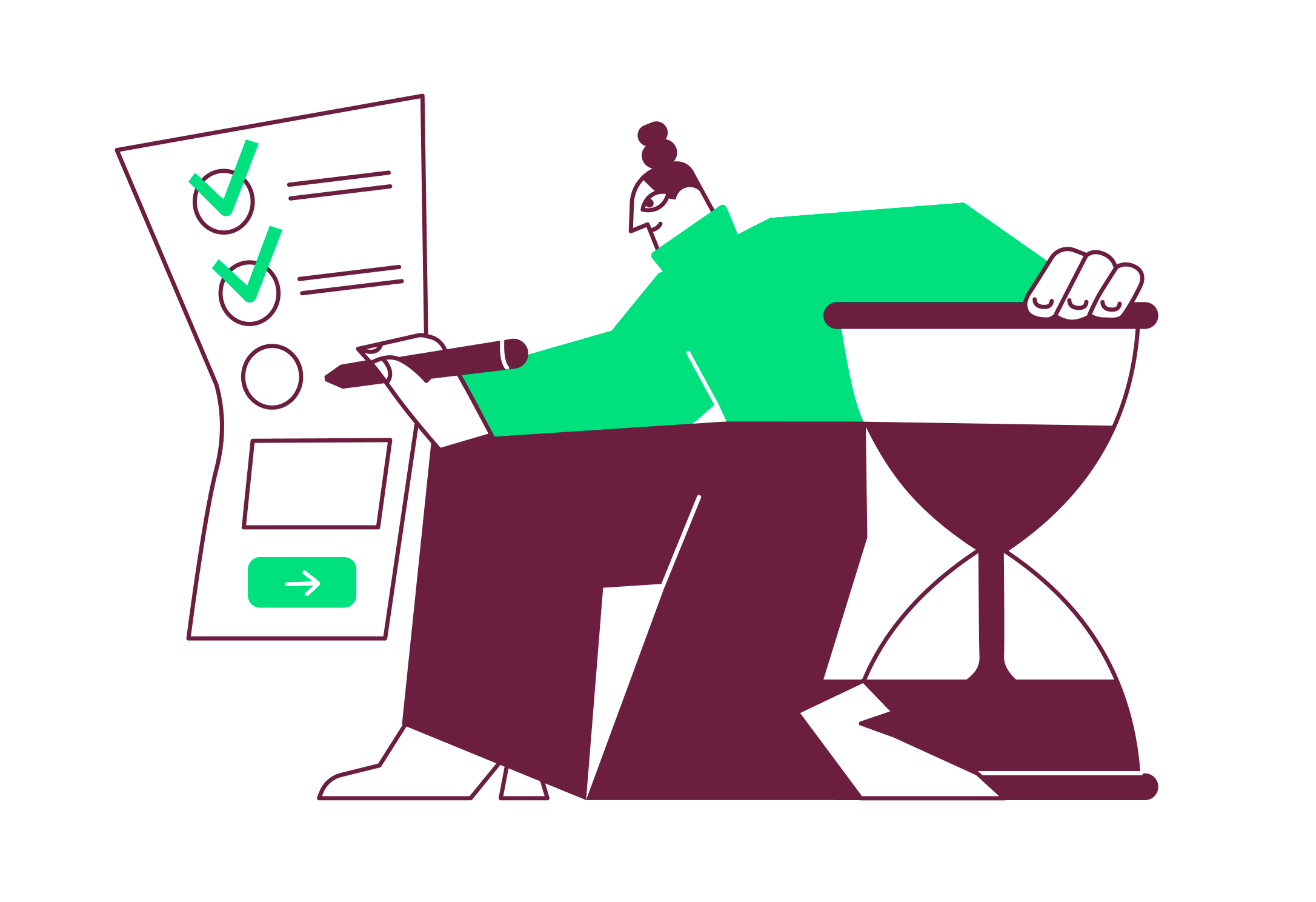
Take this experience to your classroom!
Tips to adapt the experience to your classroom
1
Flipped classroom
Don’t fear the lack of knowledge of ICT tools and rely on your student's knowledge to, for example, manage devices. Learn the necessary skills together and do it horizontally.
2
Inspiration
Work with previously done pieces as reference
3
Planning
Make a specific teamwork plan not only among students but also among teachers.
4
Scheduling
Respect the work stages
5
Agreeing
Find the best version even if it takes time. It is key to agree on what and how will be shown, considering who is on the other side of the screen.
Resources and materials
Technical links

